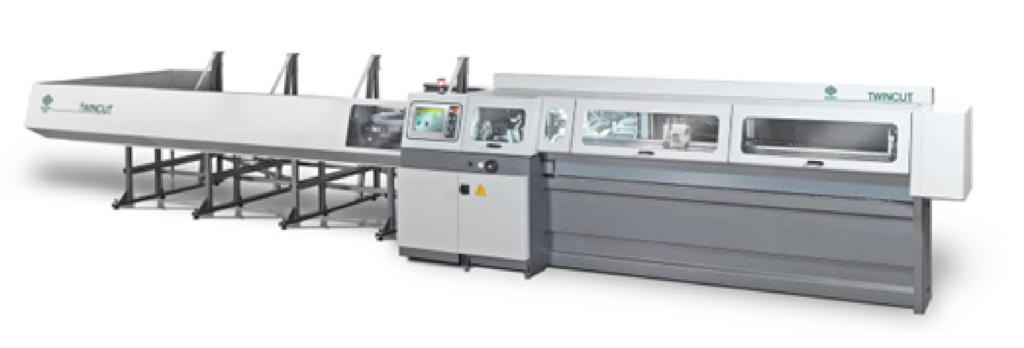Machinery and equipment
Navigation
CNC cutting of materials
It is a fully automatic system for cutting pipes Ø 80 mm. The maximum length of the part is 3 500 mm.
CNC bending
The HFE 3i bending press from AMADA is based on the proven HFE range of bending presses. The bending press is equipped with an innovative 18,5″ touch screen display with AMNC 3i interface. The bending press control offers four different programming options (learning mode, angle mode, 2D and 3D mode) for high flexibility and productivity.
2D Laser FIBER LASER LF3015GA 6000W
1,500 x 3,000 mm machine with interchangeable table for cutting up to 20 mm.
3D laser cutting
Progressive technology for machining closed profile materials with square or rectangular profiles and tubes with high repetitive accuracy.
Dimensional possibilities of the input material:
- Tubes: diameter from 12 mm to 140 mm
- Closed square profiles: profile wall from 12 mm to 120 mm
- Closed rectangular profiles: size of the described circle MAX. 170 mm
- Length of input material: min. 3 200 mm, max. 6 500 mm
- Weight of 1 piece of material: Max. 100 kg
Robotic welding
Robotic welding is welding using a programmable robotic arm that provides us with automation of the welding process and motion.
Robotic welding is welding using a programmable robotic arm that provides us with automation of the welding process and motion.
Although welding in a protective atmosphere with a fusion electrode is often automated, an operator is sometimes (usually) required to prepare the materials to be welded. Welding robots are commonly used for arc welding in the engineering and automotive industries.
This method allows us to weld more efficiently, faster, more accurately and more stably compared to traditional manual welding.
Robotic welding is very precise, allowing us to achieve high joint consistency and weld quality.
The main advantages of robotic welding
- Higher productivity due to faster welding
- More accurate welding
- Greater safety and protection for operators (due to remote control of the robot)
- Reduced labour costs as the robot can work regardless of the human and their welding experience





